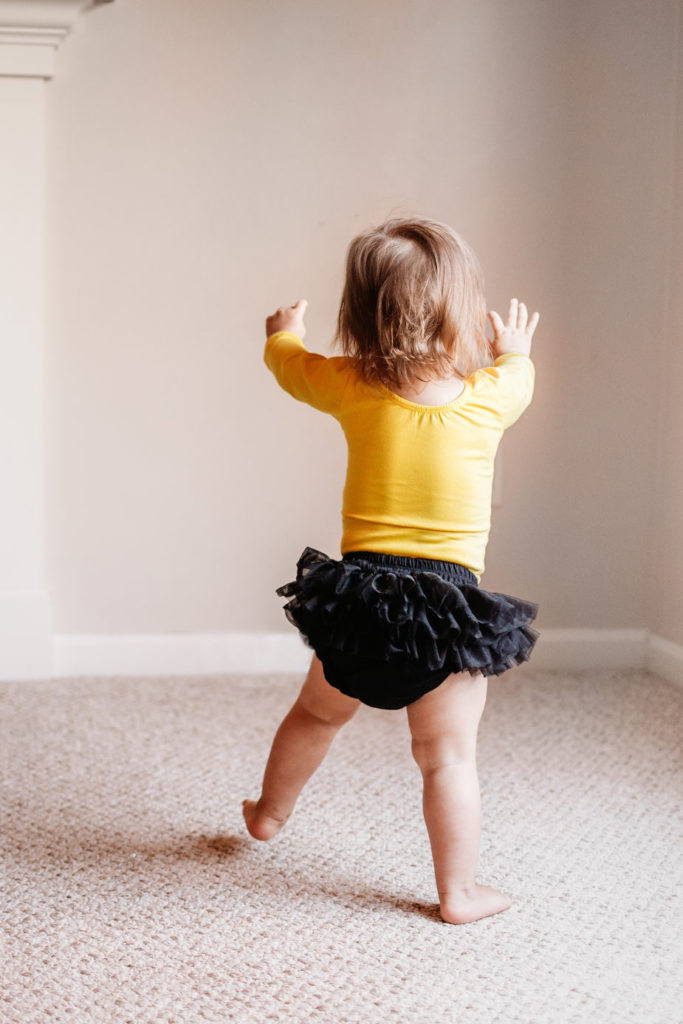Children’s clothing is not just about making them look good. What your child wears can have an impact on their physical, social, and emotional development. As parents, it is our responsibility to ensure that our children are wearing clothing that is appropriate for their age, comfortable, and safe.
First and foremost, children’s clothing should be age-appropriate. Parents should avoid dressing their children in clothing that is too revealing or mature for their age. This can send the wrong message and make them vulnerable to predators. On the other hand, dressing children too conservatively can stifle their self-expression and make them feel uncomfortable.
The comfort of the clothing is also important. Children should be able to move freely and comfortably in their clothing. It is important to choose clothing that is made from breathable and non-irritating fabrics. Clothing that is too tight or too loose can also be uncomfortable for children and hinder their physical activities.
The safety of children’s clothing is another crucial factor to consider. Parents should ensure that clothing is free from choking hazards, such as small buttons or loose strings. Clothing that is made from flame-resistant materials can also provide added protection against accidental burns.
The style and appearance of clothing can also have an impact on a child’s emotional development. Children who are allowed to choose their own clothing can develop a sense of autonomy and self-expression. This can help boost their confidence and self-esteem. Additionally, wearing clothing that is considered fashionable or trendy can also help children feel more socially accepted.
Choosing the right clothing for children can also have an impact on their physical development. For example, shoes that provide proper support can help promote healthy foot development. Clothing that is too heavy or cumbersome can also hinder a child’s movement and development.
It is also important to consider the cost of children’s clothing. While parents may be tempted to buy designer or high-end clothing for their children, this is not always necessary. Children grow quickly, and expensive clothing can quickly become outdated or too small. Instead, parents should focus on buying clothing that is durable and can withstand frequent washing and wear.
Finally, parents should consider the environmental impact of the clothing they buy for their children. Choosing clothing made from sustainable or organic materials can help reduce the impact on the environment. Additionally, parents can opt to buy second-hand clothing or donate clothing that is no longer needed to reduce waste.
In conclusion, children’s clothing matters for a variety of reasons. As parents, it is important to choose clothing that is appropriate for our children’s age, comfortable, safe, and encourages their self-expression and development. With careful consideration, parents can choose clothing that meets all of these criteria while also being cost-effective and environmentally responsible.



